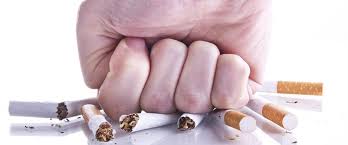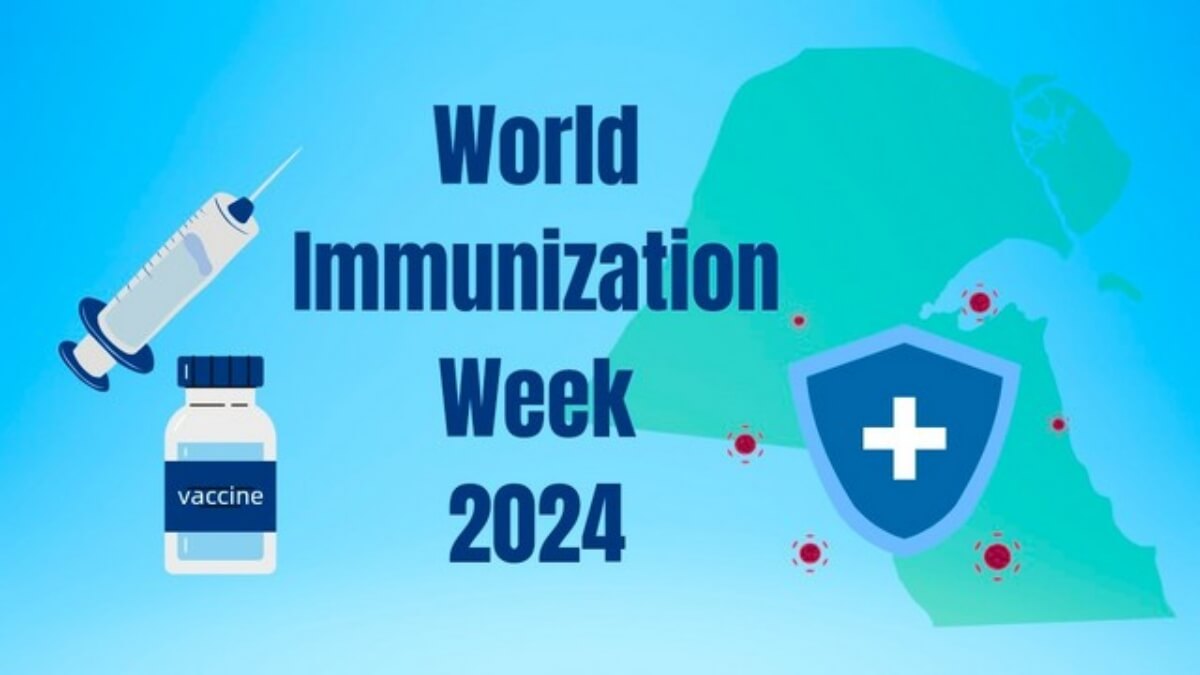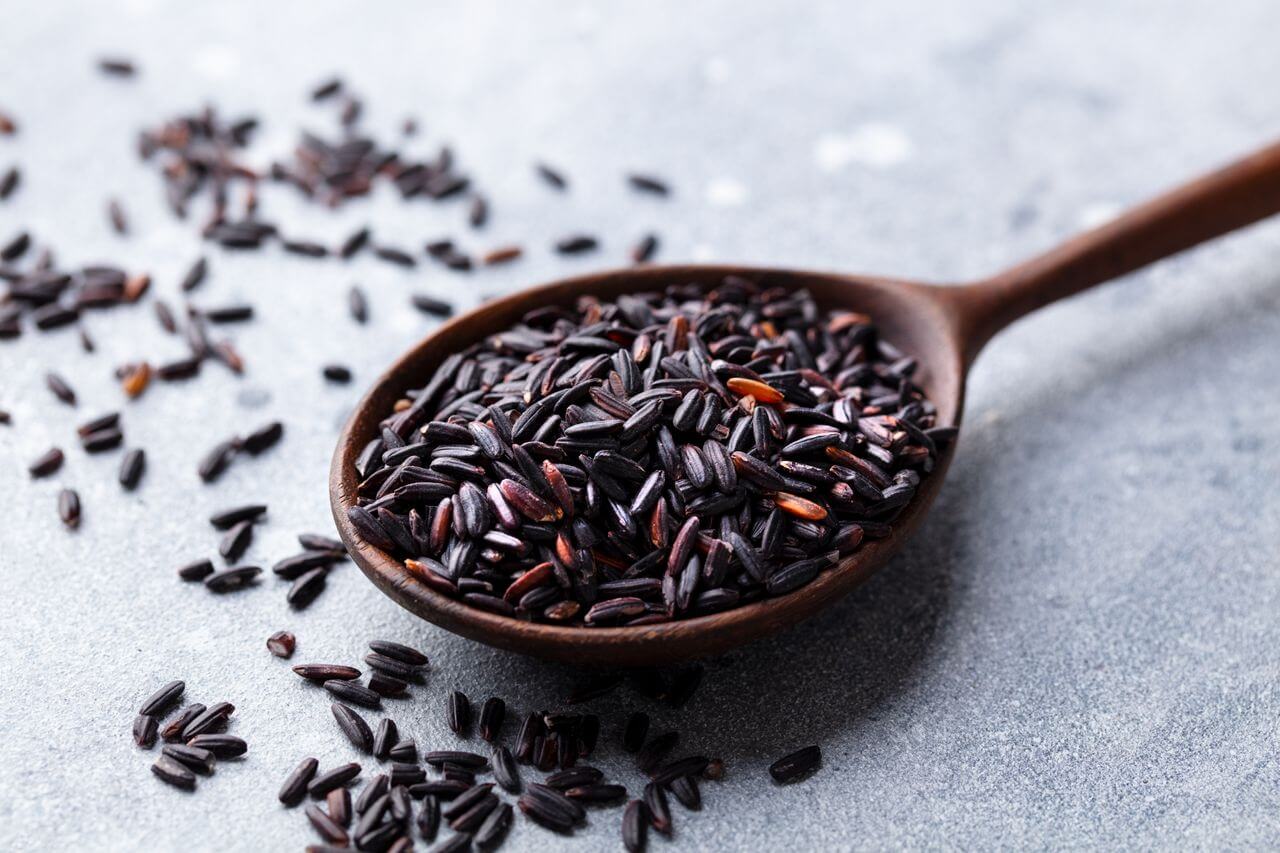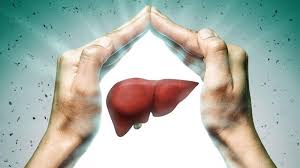5 harmful effects of smoking; prevention tips to quit it
Tue 26 Sep 2023, 22:47:56

Smoking is an unhealthy addiction that can affect your lungs in a very big and negative way. The effects of smoking range from long term illnesses to lessened lung function. So let’s get a deeper insight into the negative impacts on your lungs as well as some helpful suggestions for kicking that dangerous habit.
1. Chronic Obstructive Pulmonary Disease (COPD):
According to S.C Sharma (Therapist and Naturopath expert), Smoking is the main cause of COPD, a collection of serious lung diseases, the most common ones being chronic bronchitis and emphysema. This is because smoking can harm airways and the lung tissue and so symptoms such as chronic cough, shortness of breath and excess mucus develop over time.
2. Lung Cancer:
Smoking and lung cancer — one of the deadliest types of cancer. Chemicals in tobacco smoke change the lung cells and cause tumors to grow. Smoking cessation leads to low chance of developing lung cancer.
3. Reduced Lung Function:
The smoke from cigarettes causes the air passages to narrow because of irritation and inflammation. This causes impaired lung function which in turn can make it difficult to breathe, leading conditions such as wheezing and chronic bronchitis.
4. Increased Risk of Infections:
Smoking does reduce the immune defense forces in your respiratory tract, increasing the likelihood of getting infections such as pneumonia and bronchitis. Smokers have to face more critical and longer-drawn sickness than the non-smokers.
5. Accelerated Aging of Lungs:
Smoking speeds up the aging process in our lungs causing early aging signs like wrinkles on the air sacs. This diminishes flexibility of the lungs and impairs their ability to exchange air and carbon dioxide effectively.
Tips for Quitting Smoking:
1. Set a
Quit Date:
Quit Date:
Decide on a specific date to stop smoking, and start along that smoke-free path.
2. Find Support:
Tell friends or family about this decision so they can support you.
3. Nicotine Replacement Therapy (NRT):
To help manage withdrawals, think about choosing NRT products such as patches, gum or lozenges. Talk to a medical professional for advice.
4. Prescription Medications:
Talk with your physician about drugs, for example, bupropion or varenicline, to enable you to abstain from longing and indications of withdrawal.
5. Behavioral Therapy: Attend support groups or seek therapy to help deal with the mental sides of addiction and build coping mechanisms.
6. Identify Triggers:
Identify triggers (situations, emotions or routines) that cause you to smoke. Replace these triggers with healthy alternatives.
7. Stay Active:
Workout regularly to relieve stress, feel better and take the mind off of cravings!
8. Avoid Smoking Environments:
Avoid smoking environments and keep your house and car toxin free.
9. Be Patient:
It’s a journey, and road bumps will happen. Allow yourself to be patient in the process and see relapse opportunities as lessons to add weight to your determination.
10. Celebrate Progress:
Be proud of every smoke-free achievement — one smoke-free day, one smoke-free week, one smoke-free month. Treat yo’self for your perseverance and accomplishments!
Bear in mind that stopping smoking is tough, but saves lives! In learning what smoking does to your lungs, and using these cessation techniques, you’ll be taking the first step toward a healthier, smoke-free life. And your lungs will be very grateful to you for it.
No Comments For This Post, Be first to write a Comment.
Most viewed from
Most viewed from Health
AIMIM News
Asaduddin Owaisi files nomination papers on Friday
Apr 20, 2024
Owaisi Begins Election Campaign in Hyderabad
Apr 13, 2024
Bring back Indian workers in Israel: Owaisi
Apr 13, 2024
Latest Urdu News
Most Viewed
May 26, 2020
Do you think Ruturaj Gaikwad would be a good captain for Chennai Super Kings?
Latest Videos View All
Like Us
Home
About Us
Advertise With Us
All Polls
Epaper Archives
Privacy Policy
Contact Us
Download Etemaad App
© 2024 Etemaad Daily News, All Rights Reserved.













.jpg)
.jpg)
.jpg)
.jpg)
.jpg)
.jpg)
.jpg)
.jpg)
.jpg)
.jpg)
.jpg)
.jpg)
















